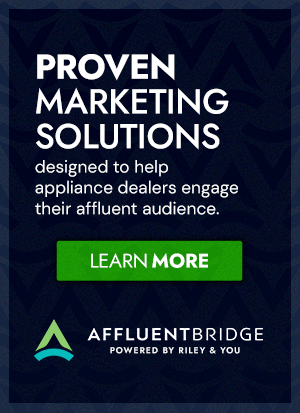Many times salespeople will try to connect with a potential lead and when the lead declines the sale, the process ends there. Just because a potential lead says no now, doesn’t mean they’ll never want your services or product. It’s all about timing and staying top of mind, so when they’re ready to purchase, you’re their first contact and natural choice.
Lead nurturing is the process of educating qualified sales leads who aren’t yet ready to buy. Content is key when it comes to nurturing a potential client. It needs to be of value and interest to your prospect so that they stay engaged with you. When done correctly, lead nurturing can build a strong brand preference in your prospects before they engage in a buying process.
Lead nurturing is especially important to small businesses that may not spend much on lead generation tactics. In these instances, you must convert a high percentage of your leads into revenue. Your conversions must be actively and consistently managed with the system’s success being your top priority. Software can be purchased to help you automate and track the process.
Things to consider when developing a lead nurturing program:
Qualified Leads and Permission
Find ways to prequalify your leads. Quality leads are always better than quantity, as a qualified lead is more apt to purchase and your efforts won’t be wasted on someone who’s not your target customer. Once you have qualified your lead, obtain permission to contact them. This can be as simple as a subscribe form on your website or asking them if you may send them information. In order to be compliant with CAN-SPAM laws, you must have permission from a non-client to send them email campaigns.
Be timely
Once someone gives permission to contact them or subscribes to your emails, have an automated response that immediately thanks them, or provides further information. Also, send out communications when you say you will. If you say a response will be given in 24 hours or that you will communicate with them monthly, make sure you follow through with your timeline.
Establish key ideas, thoughts, or comparison points through education
A potential buyer who you’re nurturing may not enter a buying process for a long time. However, during the lead nurturing phase, if you can educate prospects and guide their thinking to incorporate specific requirements and ways of thinking about the market, your company and solutions will be much better positioned in their minds when they do become buyers.
Listen and Ask
Focus your emails on one specific topic and reflect that in your email subject line clearly. If you’re using software, you can track email opens and click-through rates. By tracking email open rates and what links are most clicked through, you can learn what information is most important to your potential customers. That’s how you “listen” digitally. Also in your emails, don’t be scared to ask for their business or place referral links in your emails.
Track everything
Tracking emails sent, open rates, and click-through rates can give you insights into providing better content that’s of value to your potential clients. However, if you create an email series (campaign) that every new lead enters into and track when they convert to a customer, you can get key clues into how long it takes for a lead to convert in the buying process. You can also get a better understanding of what seals the deal for a customer if you notice a specific set of messaging happens at the same time as conversion.
Be patient and learn from mistakes
There is no clearly defined right or wrong, and each business will vary in what works. Mistakes are a natural part of the learning process and should be welcomed as long as you learn from them. With each thing you learn what not to do, you’re closer to what you should do. Lead nurturing takes time, as you have to stay connected to a potential customer until they’re ready to enter the buying process. This could take a few weeks to months depending on the nature of your product or business. The key is to stay engaged and make sure you’re providing valuable content to your audience.


